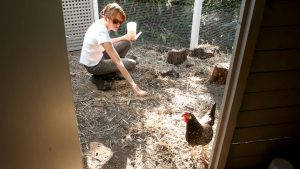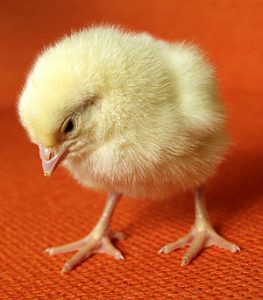A CDC investigation notice regarding multistate outbreaks of Salmonella infections has been posted: https://www.cdc.gov/salmonella/backyardpoultry-05-21/index.html
CDC and public health officials in several states are investigating multistate outbreaks of Salmonella infections linked to contact with backyard poultry.
There have been 163 people reported ill from 43 states.
34 people were hospitalized. No deaths have been reported.
The true number of sick people is likely much higher than the reported number, as many people recover without medical care and are not tested for Salmonella.
One-third of sick people are young children under 5 years.
Interviews with sick people show that contact with backyard poultry is the likely source of the outbreaks.
Backyard poultry can carry Salmonella germs even if they look healthy and clean. These germs can easily spread in areas where they live and roam.
Whether you are building your first coop or are a seasoned backyard poultry owner, know the risks of keeping poultry and the simple things you can do to stay healthy.
Steps to stay healthy around backyard poultry:
Always wash your hands for 20 seconds after touching the flock or flock supplies.
Keep flock and flock supplies outside the house to prevent spreading germs into your house.
Don’t let children younger than 5 years touch the birds (including chicks and ducklings) or anything in the area where the birds live and roam.
Don’t kiss or snuggle the birds, as this can spread germs to your mouth and make you sick.





